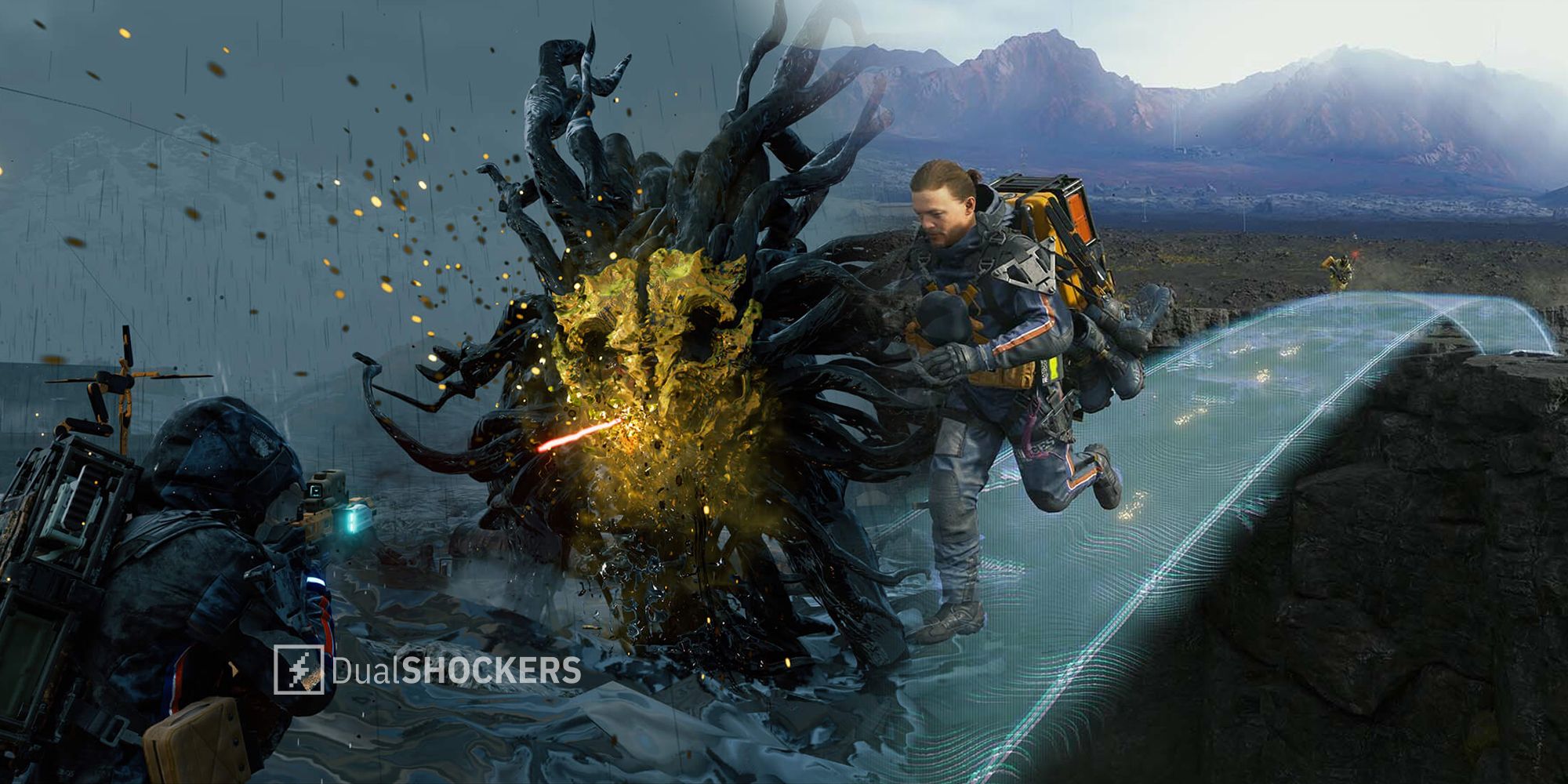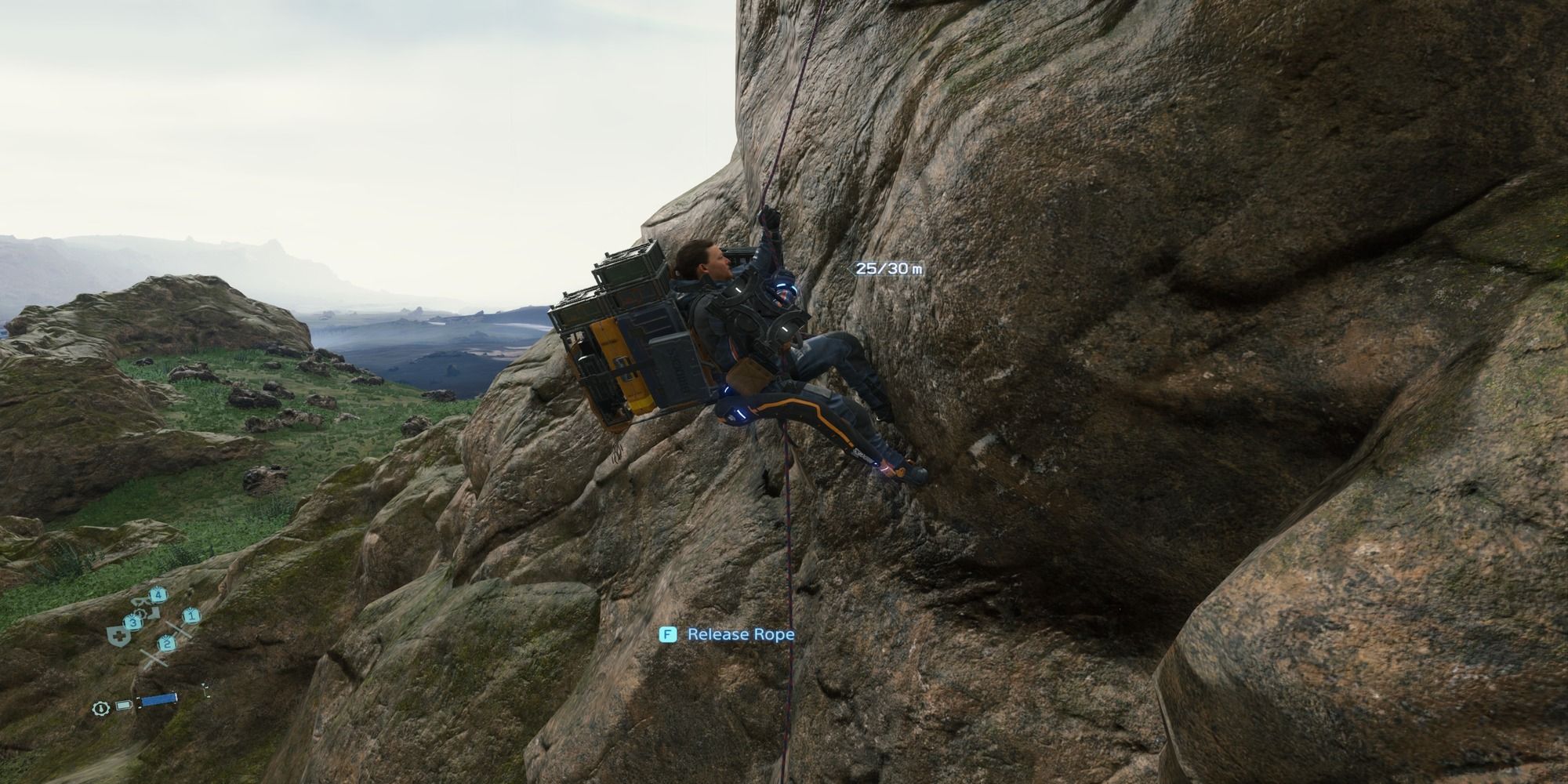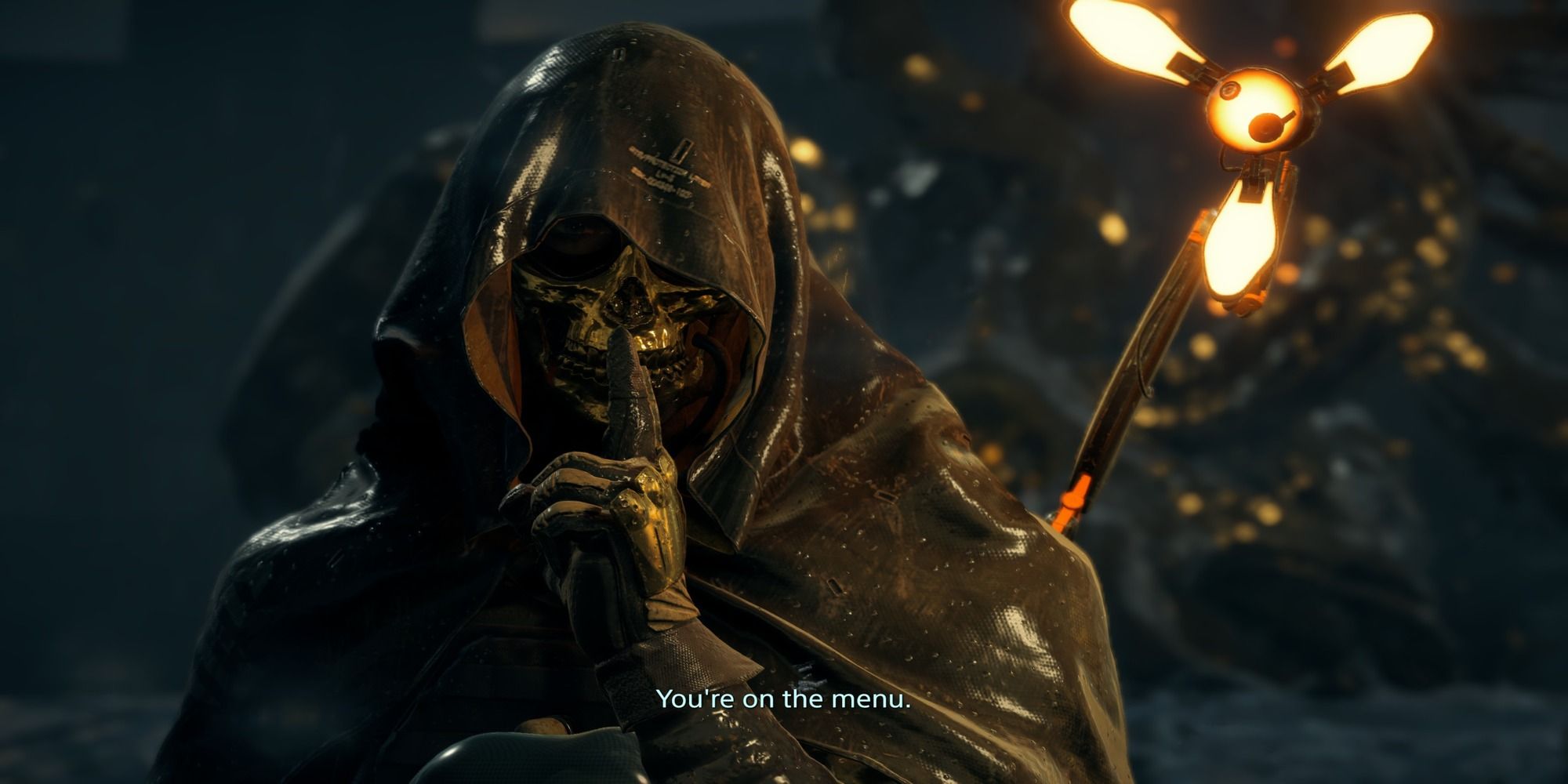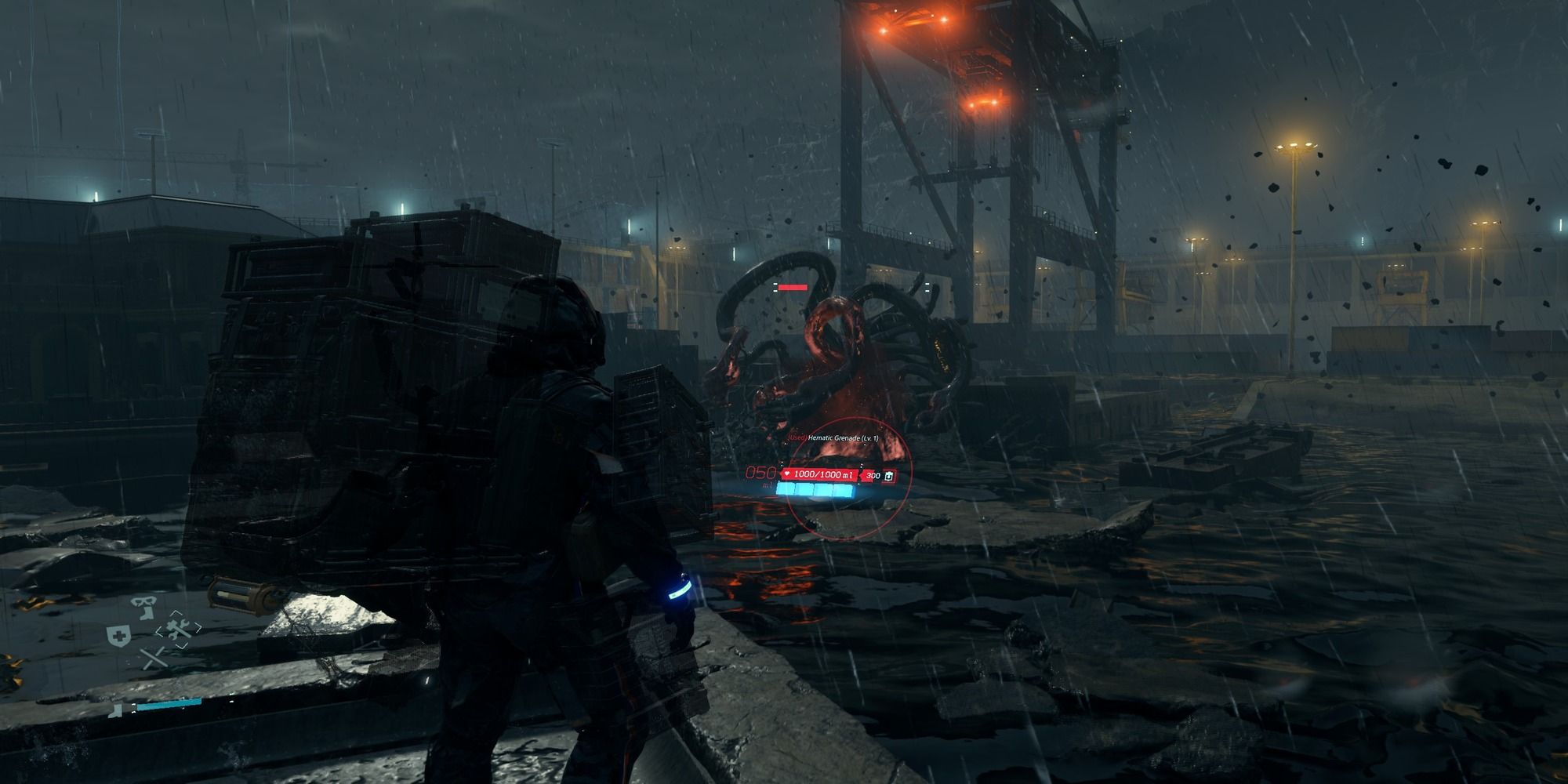Boss fights have been with us since the earliest days of gaming. Way back in 1975, gamers were introduced to the concept by a little-known title called The Game of Dungeons, a Dungeons & Dragons-style RPG for the PLATO system (Programmed Logic for Automated Teaching Operations, in case anyone was wondering) that featured an encounter with The Golden Dragon, which players had to defeat in order to claim a magic orb and win the game. As simple as the mechanics of the fight were, the idea has stuck around, and the boss fight is a staple across a vast range of genres. Almost anyone who has played a video game will have gone up against a Bowser or a Sephiroth at some point.
So how and why have boss fights become such a mainstay of game design? I'll never be able to do that question justice here, but there are a number of ways a boss fight can enhance a game. As thrilling and climactic showdowns, they make for great narrative moments; they offer a challenge to the player, functioning as a test of all the skills they've acquired up to that point, and they're a nice way of punctuating a game's overall flow and rhythm with a little variety.
But as brilliant as boss fights can be, they aren't universally applicable, and not all games benefit from their inclusion, at least not in the traditional sense ( but we'll come back to this later). I realised this recently while playing through Hideo Kojima's otherwise brilliant Death Stranding. As with all of Kojima's games, Death Stranding isn't an easy game to summarise. Put very simply, it's a game about rebuilding America after an apocalyptic event known as the Death Stranding causes the worlds of the living and the dead to collide.
You play as Sam Bridges, a porter who carries precious cargo between the remaining human settlements. Gameplay wise, it's primarily a hiking simulator with some stealth elements, where players have to navigate difficult terrain while accounting for the weight and safety of what they're carrying. It's all about making sure you have the right tools on hand and choosing the correct route. Being methodical and taking your time to plan out your next move is extremely important.
Despite one or two hairy moments, it's generally a pretty Zen experience. For the first four or five hours, I was happily roaming the hills and getting boxes of food and medicine to where they needed to be. The climbing and traversal mechanics have enough depth and require enough skill that just overcoming the often difficult terrain made for a perfectly satisfying primary gameplay loop in its own right.
I was so thoroughly into the groove that I almost forgot I was playing a Hideo Kojima game, which are liable to go completely off the rails (usually in a good way, check out these greatest moments) at a moment's notice.
At the end of chapter two, after Sam reaches Port Knot City, he encounters Higgs, the leader of the Homo Demens military separatist group. He drops a few cryptic hints about the Death Stranding and then summons a Crusher BT, a huge monster with the potential to cause a voidout, which would destroy the entire city. It's a fairly typical Kojima moment.
And so Sam Bridges, who up to this point had mostly been building ladders and playing nanny to a psychic baby in a jar (don't ask) must do battle with an enormous savage beast. As much as it sounds like a cool moment, I couldn't shake the feeling that this boss fight (and the others that come later) was wildly out of place. I wish the game had a little more confidence in its unique primary loop, and that it didn't feel the need to throw in token combat sections.
Earlier on I said that a boss fight is a way to test the player; to see how well they've honed their skills by raising the stakes and pitting them against a truly worthy foe. The Crusher fight would have fit into a game primarily about big monster battles, but up to that point, the only skills I had been developing were my orienteering and my mountain climbing, so being asked to kill a big tentacle monster felt like a bit of a lurch, to say the least. The fight just doesn't connect with the rest of the game's mechanics.
I could have forgiven this if the fight had been a spectacular set-piece in its own right, but it really isn't. The fact that Death Stranding was built from the ground up to be about delivering cargo and light stealth is painfully obvious. All you have to do is lob a few blood grenades at the Crusher to win the fight and move out of its way whenever it can summon the energy to come after you. It's an embarrassingly easy encounter, I suspect because the game simply wasn't designed for complex combat. As a result, the Crusher BT comes and goes like a puff of air, and it ends up feeling more like a weird aside or interlude than a boss fight.
Most of the other bosses have the same problem, which is a real shame, because I think Death Stranding could have stood up on its core gameplay alone. The timed missions, in which I had to deliver important cargo over extremely hostile terrain, made for far more intense and interesting moments than any of the traditional boss fights, because they actually played to the game's strengths and provided a challenge more appropriate to the mechanics.
Don't let any of this put you off Death Stranding though; it's a wonderful piece of Kojima weirdness with rock-solid gameplay and visuals. I just wish it had placed a little more faith in itself. Let this be a lesson then — sometimes it pays to buck convention and do your own thing. There are thousands of games I can play if I want to battle giant monsters, but there's only one I can play if I want to throw urine grenades at ghosts or watch Norman Reedus take a shower, and that's way more inteesting than generic tentacle monsters.




